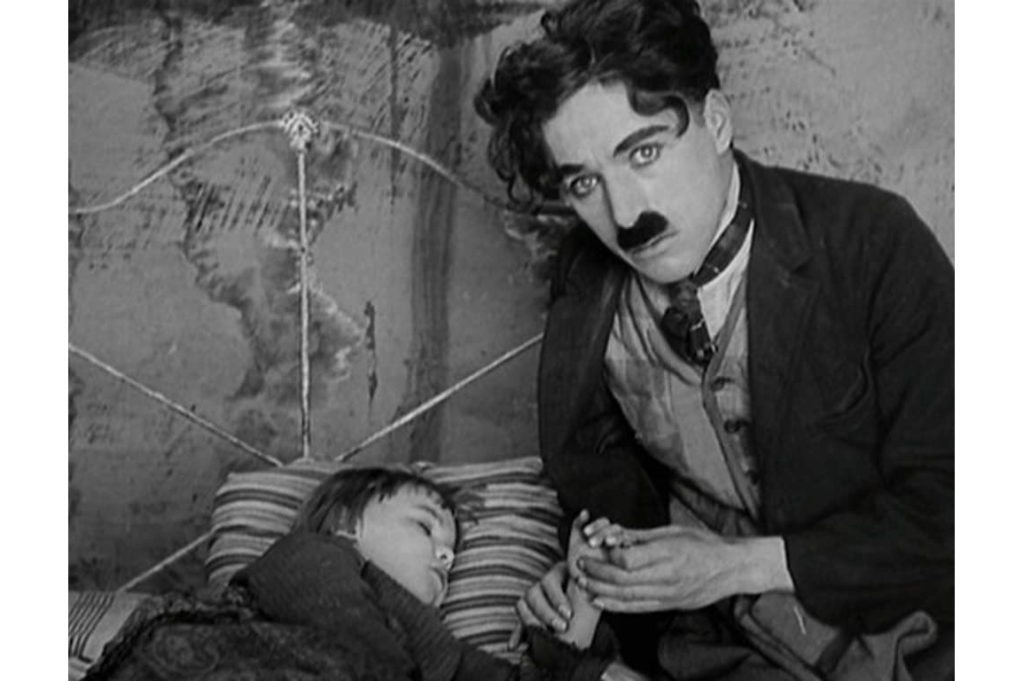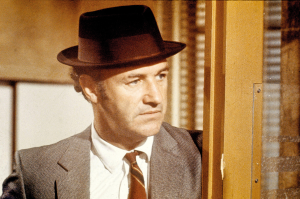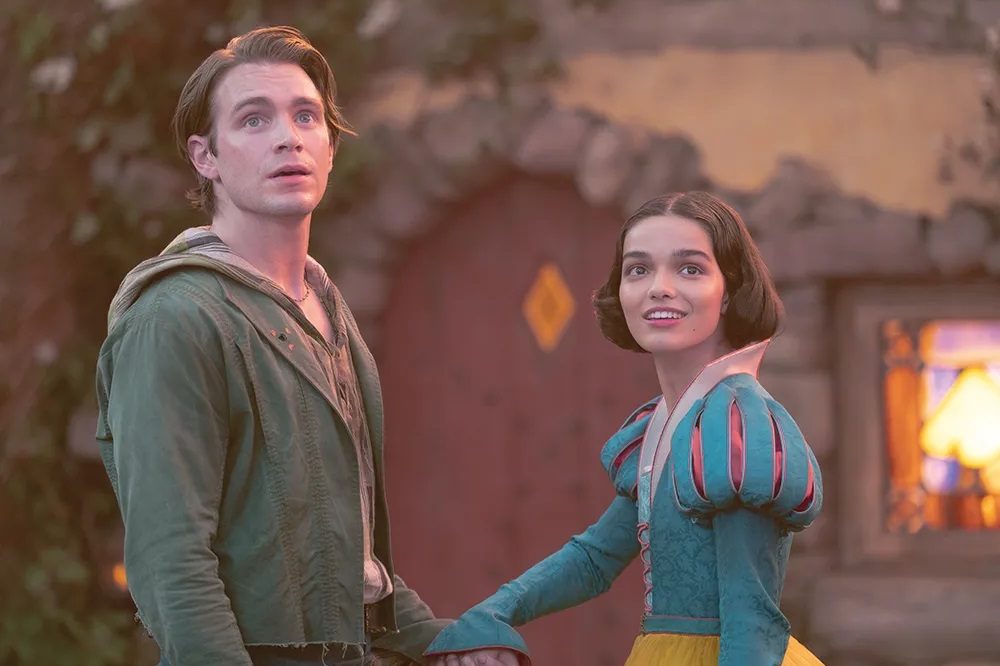‘I learnt there was Charlie and there was Chaplin,’ Jackie Coogan, the actor’s young foil in 1921’s groundbreaking The Kid once remarked. ‘The first was the biggest movie star on the planet, the second an insecure boy from the slums of London.’ Luckily for us, both sides of the Chaplin persona meshed perfectly in The Kid, with its generous helpings of the comic and the sentimental. It may be the Little Tramp’s most perfect and most personal film.
Like almost everything that’s any good in art, The Kid emerged out of turmoil. In October 1918, the 29-year-old Chaplin had married the first of his child brides, 16-year-old Mildred Harris, after she told him she was pregnant. It was a false alarm, but in time Harris did become pregnant with a son, who was born malformed and died three days later. The couple’s subsequent divorce was acrimonious — Harris began an affair with another woman — and ultimately cost Chaplin $100,000 ($1.5 million today) and his Beverly Hills home.
Looking around for a cash-generating project, Chaplin hit on a tear jerking story: a tramp finds an abandoned baby and takes it in as his own, until years later the child’s newly prosperous mother returns to claim him. There’s an obvious allusion to Chaplin’s impoverished childhood in some of the film’s most affecting scenes, not to mention a mildly bizarre dream sequence in which he imagines his surroundings transformed into heaven. (One of the attendant angels in the scene was 12-year-old Lita Grey, who became the second Mrs. Chaplin just four years later. There’s also a shadowing of more recent events. Ten days after his own child with Harris was buried, Chaplin was auditioning infants for The Kid. He settled on four-year-old Coogan, a natural performer too young to have picked up the bad acting habits of the silent era. As a result, the film’s audiences could actually believe they were watching a doting father and his son.
Chaplin buried himself in the film, serving as writer, producer, composer and director, as well as suiting up as the Tramp for the 57th time since creating the iconic character just six years earlier. Short of staying behind to sweep the studio floor each night, it’s hard to see how much more he could have done. A sign of Chaplin’s commitment to The Kid is that he took nearly nine months to shoot it, at a time when most studios knocked out a two-reel feature in a couple of days. He even managed to release a full-length comedy called A Day’s Pleasure in the middle of making The Kid, after the nation’s theater owners begged him for more product.
Chaplin didn’t ease up even when The Kid was safely completed in November 1920. His estranged wife’s lawyers were taking an interest in the film, so he edited it in a location outside the ambit of California’s divorce laws. This gave rise to an episode that could have come straight from one of his own comedies. Chaplin and his crew smuggled the raw negative packed in coffee cans into a hotel room in Salt Lake City, where they whittled it down from 300,000 feet of film to a final cut of 5,250 feet, or just over an hour’s running time.
As it turned out, there wasn’t a superfluous frame. Unlike most silent filmmakers, Chaplin never saw the need to cut away from the actor’s face to a caption card, instead restricting himself to essential information and the occasional joke or editorial comment.
Some of the film’s critics weren’t happy about Chaplin’s effrontery in satirizing the American class system. ‘He is a guest in our midst,’ one of them wrote tetchily. But most contemporary notices were everything he could have hoped for. Shot for $250,000, The Kid grossed an initial $5,450,000 ($82 million today) and still does a healthy rental business a century later. It’s so merciless to the police, corporate big wigs and authority figures in general it’s only surprising it wasn’t shown by way of much-needed entertainment at last summer’s Democratic National Convention.
Meanwhile, Jackie Coogan suffered the fate of most child stars after waking up in his twenties to discover he was flat broke. In time his cautionary tale led to the passage of legislation for the protection of minors in the film industry. If viewers remember him outside of The Kid it’s probably as Uncle Fester, the ghoulish-looking cast member of the 1960s TV series The Addams Family: a career that seemed to go from juvenile to senile without ever leveling off in between. In 1972, when Chaplin briefly returned to Hollywood from his Swiss exile to accept an honorary Oscar, he at first failed to recognize the portly, middle-aged man who lumbered up to shake his hand until suddenly realizing it was the same person he’d clutched lovingly in his arms for the cameras half a century earlier. Now that’s pathos.
This article was originally published in The Spectator’s April 2021 US edition.

























